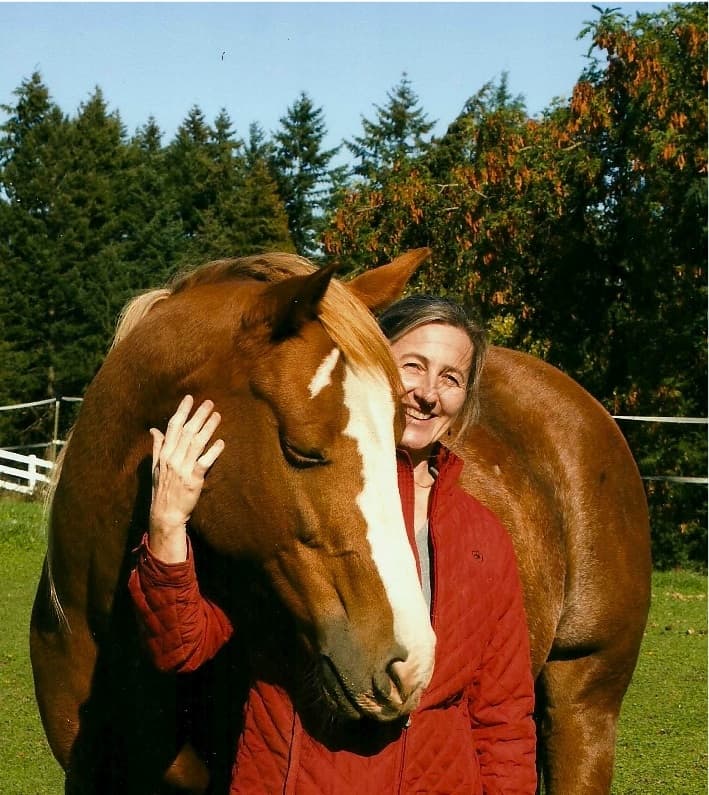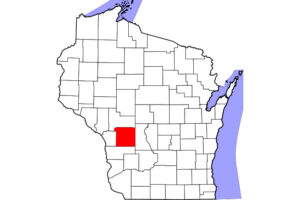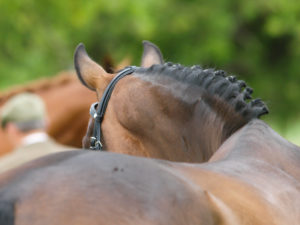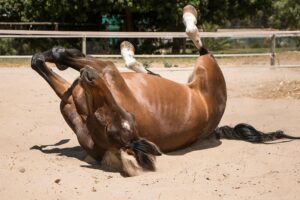Mountain Bikes on Horse Trails? No Problem if You’re Prepared
- Posted by Robin Foster, PhD, Cert. Applied Animal Behaviorist (CAAB), Cert. Horse Behavior Consultant (CHBC)

In urban equestrian areas, off-leash dogs and baby buggies are often as common as horses. These unfamiliar, fast-moving, and loud objects can frighten horses, causing them to startle, panic, rear, or bolt.
A few strategies can help prepare your horse for these contemporary trail obstacles and increase safety.
Know the Trail
Trail rules vary, but even in designated equestrian areas where horses have the right of way, people don’t always follow trail etiquette. Other trail users might be unfamiliar with local ordinances, and they often have no experience with horses. Before heading out on a ride to explore a new area, it’s a good idea to familiarize yourself with the trail and the park rules
Create a free account with TheHorse.com to view this content.
TheHorse.com is home to thousands of free articles about horse health care. In order to access some of our exclusive free content, you must be signed into TheHorse.com.
Start your free account today!
Already have an account?
and continue reading.

Written by:
Robin Foster, PhD, Cert. Applied Animal Behaviorist (CAAB), Cert. Horse Behavior Consultant (CHBC)
Related Articles
Stay on top of the most recent Horse Health news with




















One Response
For all those folk, like me, who are unable to do desensitisation work owing to isolation or lack of assistants, I have found organic cider vinegar, dosed at an eggcup full in a tasty feed one hour before setting off, is a very effective calmative for at least some reactive horses. It won’t work for all horses, nothing does, but it changed my horse from a risky ride , going from a quiet field straight onto a busy bendy road to a laid back sensible ride.
Bicycle riders in forest parks should be warned with signs not to race round bends- they make no warning sounds.. Two horse riders from a busy livery/farm yard, on a local forest trail were thrown when their horses bolted as bicycle riders charged round a high bend down a steep narrow track. Silent bike riders approaching behind horses are also a real hazard.